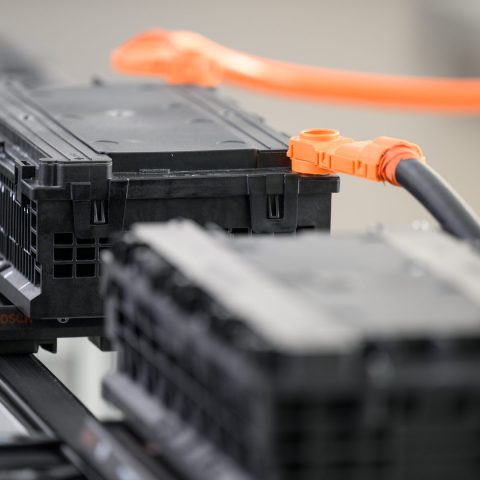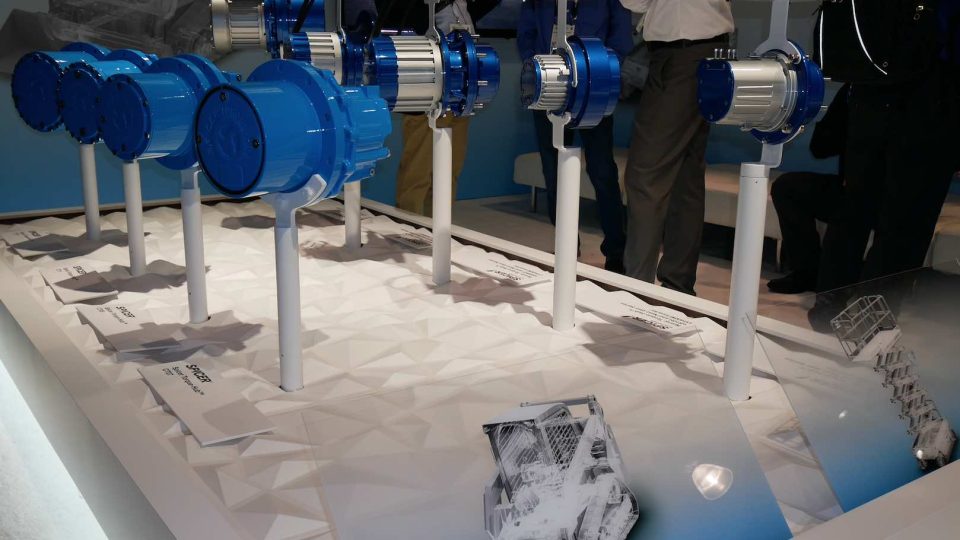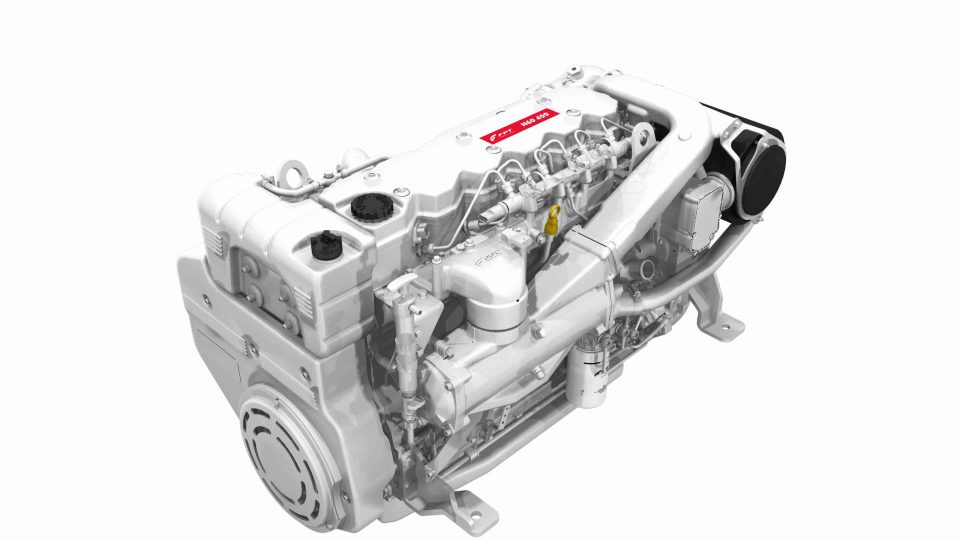[Interact Analysis] Battery equipment market forecast shows first downward revision
Interact Analysis has been tracking the lithium-ion battery and its manufacturing equipment market since 2018. Over the past five years, the growth rate of both the battery and equipment markets has been adjusted to a higher level in each new version. However, in the latest “Battery Manufacturing Equipment – September 2023” report by Maya Xiao, the growth rate of the battery manufacturing equipment market has experienced its first downward adjustment.

Interact Analysis has been tracking the lithium-ion battery and its manufacturing equipment market since 2018. Over the past five years, the growth rate of both the battery and equipment markets has been adjusted to a higher level in each new version. However, in the latest “Battery Manufacturing Equipment – September 2023” report by Maya Xiao, the growth rate of the battery manufacturing equipment market has experienced its first downward adjustment.
As one of the most keenly watched industry sectors, the lithium-ion (li-ion) battery industry has benefited from support from various countries’ policies in recent years. The broad range of potential applications and further improvements in the supply chain have resulted in forecasts reaching new highs.
However, consistently below-par production capacity utilization rates and somewhat aggressive production plans have made market forecasts uncertain. Examining two editions of li-ion battery market forecasts released by Interact Analysis in April 2022 and September 2023, this article will make a comparison in three areas: li-ion battery shipment, production capacity, and the size of the manufacturing equipment market.
Shipments
- Driven by strong demand for electric vehicles and the current surge in Energy Storage Systems (ESS), actual global li-ion battery shipments in 2022 were 27.4% higher (+176.8 GWh) than predicted in the April 2022 report. Demand in the Asia-Pacific region continued to grow steadily, while in Europe and North America the electrification strategies of automotive OEMs led to actual shipments exceeding predictions by 27.4%.
- Li-ion battery shipments for 2025 have been revised upward from 1,345.8 GWh to 1,983.9 GWh, representing a 47.4% increase. Electric vehicles will continue to dominate the market with the largest share (~70%). Meanwhile, the ESS sector will experience the highest rate of growth.
Production Capacity
- Following a surge in battery production capacity in China, Japan and South Korea, companies adopted more aggressive expansion strategies in the European and North American markets during 2022. The combined capacity in these two markets accounted for nearly 60% of the total new capacity added over the year. This was also driven by local zero-carbon strategies and government plans for localized battery supply chains (such as the Inflation Reduction Act (IRA) in North America and the new EU Batteries Regulations in Europe). In 2022, actual global lithium-ion battery production capacity exceeded the predictions made in the April 2022 version by 16.1%.
- Interact Analysis’ capacity forecasts are based on production expansion plans officially announced by major battery companies. However, based on our tracking of the market over the past five years, there is a significant gap between announced capacity and actual realized capacity. Overly aggressive expansion plans by some companies and the entry of new manufacturers have led to a noticeable problem of excess capacity. For reference, in 2022 the capacity utilization rate for the entire li-ion battery industry was only about 50%. Based on this, we have reevaluated the officially announced capacity in the new version of the report. The compound annual growth rate of capacity from 2022 to 2025 is approximately 31.0%, slightly higher than the 29.3% forecast in the previous version, but there are still certain risks involved.
Manufacturing Equipment Market
- Battery equipment procurement is typically an upfront investment and market growth precedes the actual production of battery factories. Therefore, in 2020-2021, the growth of the manufacturing equipment market had already absorbed some of the capacity growth expected in 2022. Due to the impact of the downward revision of future capacity growth, the actual size of the manufacturing equipment market for 2022 in the September 2023 version has been reduced by approximately 2.1% compared with predictions made in the April 2022 version.
- On the other hand, the growth in the size of the li-ion equipment market correlates strongly with the increase in li-ion capacity, but is not wholly equivalent. Demand for equipment and the level of automation on production lines together determine the actual revenue of the manufacturing equipment market. The introduction of advanced technologies such as machine vision, inspection, and even AI, will provide more opportunities for automation equipment in battery factories. Therefore, in the new version, we have revised the size of the manufacturing equipment market upward by approximately 11.7%.










